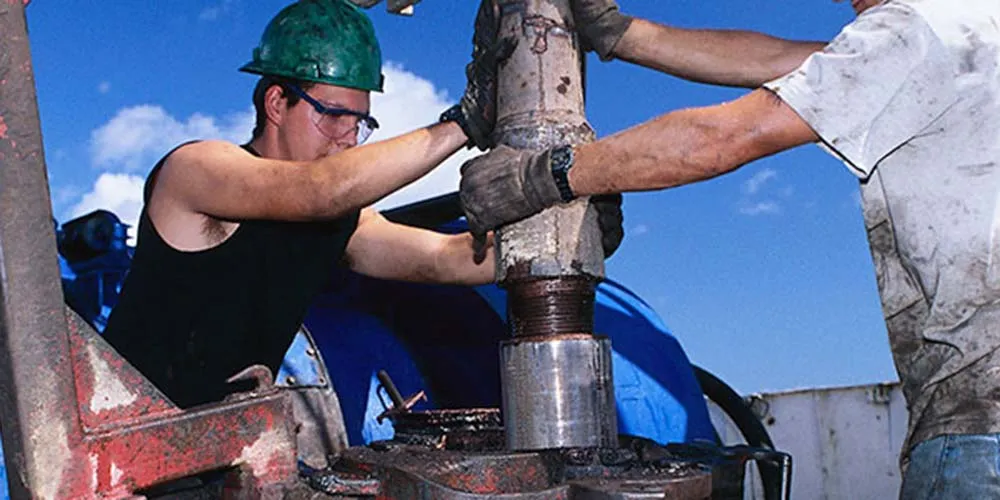Performance Monitoring, een goede start. Lees meer [English]
There are technologies on the market that can protect the hull and maintain good performance over the duration of a full docking interval. Then why have these not been widely adopted? In a nutshell, the answer is “trust”. In the past, the problem was a lack of measurability and a resulting lack of trust. This is about to change.“For every complex problem, there is an answer that is clear, simple, and wrong.” This quote from H.L. Mencken could also describe commonly used performance monitoring models in the past.
A multitude of incompatible measurement methods have served to confuse rather than to bring transparency. Some of the methods were quite good, some really bad, most of them black boxes and virtually all using their own yardsticks.
The task of hull performance monitoring is complex indeed. Varying ambient conditions (waves, wind, current, water depth, etc.) and operating conditions (speed, draft, trim, etc.) make a direct comparison impossible. Instead a combination of filtering and corrections (“normalization” in the jargon of performance monitoring experts) is required in practice.
All hull performance monitoring systems have a similar basic approach: raw data acquired on board are filtered and corrected for ambient and operational conditions. Data acquisition, hydrodynamic models for correction and statistical procedures employed by operators and vendors differ in sophistication, accuracy and required effort.
The debate focusses on the two main sources of errors:
· Data errors: “Garbage in – Garbage out”. Onboard sensors, particularly for speed logs, have inherent limited precision. Reporting errors by crews add to sensor problems. Continuous monitoring, cross-referencing and user-friendly interfaces are levers to improve data quality.
· Model errors: “Good data in – Still Garbage out”. Hydrodynamic knowledge bases, machine learning approaches and statistical methods are based on certain assumptions. Despite impressive jargon, some models are based on shaky ground when assumptions are violated.
ISO 19030 (expected to reach publication stage by June 2016) is expected to bring major improvements in this respect. The standard outlines general principles of hull and propeller performance for fleet in service, with a default method and assorted alternative methods. It is expected to align terminology and methodology, bringing more transparency and comparability for the industry.
In addition, advances in analysis methods and sensor technology will allow isolating and measuring the effect of assorted energy efficiency measures, foremost better coating and hull management approaches. Quantified performance will support performance-based contracts between various stakeholders. Leading coating manufacturer Jotun has adopted for some time such “no cure – no pay” schemes with guaranteed savings. Similarly, proven (= accurately measured and tracked) energy efficiency performance of ships could open the door for profit-sharing between charterers and owners.
In the wake of ISO 19030, the 1st Hull Performance & Insight Conference, 13-15 April 2016 in Pavone/Italy, www.HullPIC.info, brings developers and users together to exchange experience in the rapidly developing field of performance management. The program reads like a who-is-who in the field of performance monitoring with leading ship operators, monitoring vendors and classification societies sharing insight from industry experience and research.
